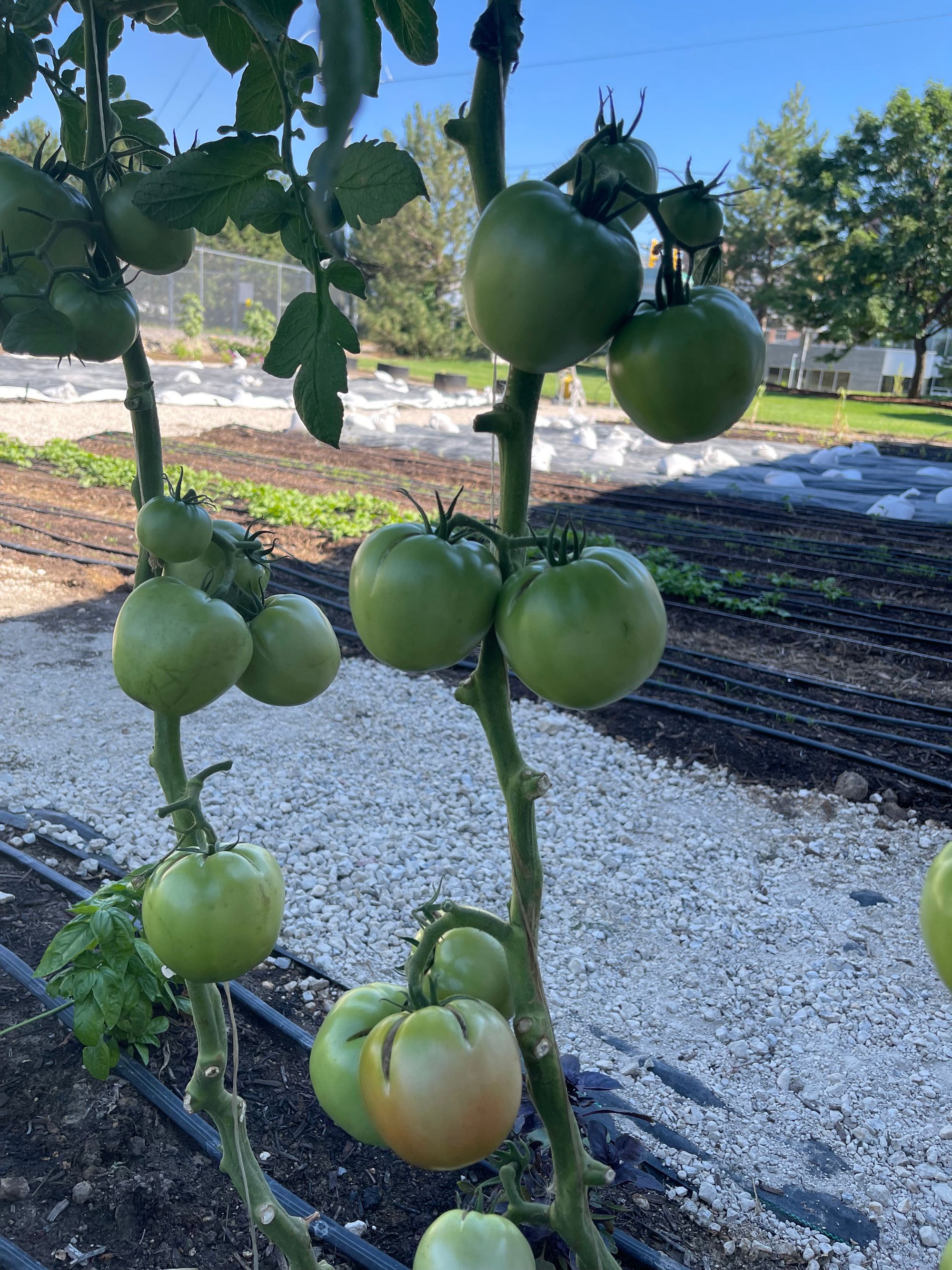Growing onward and upward
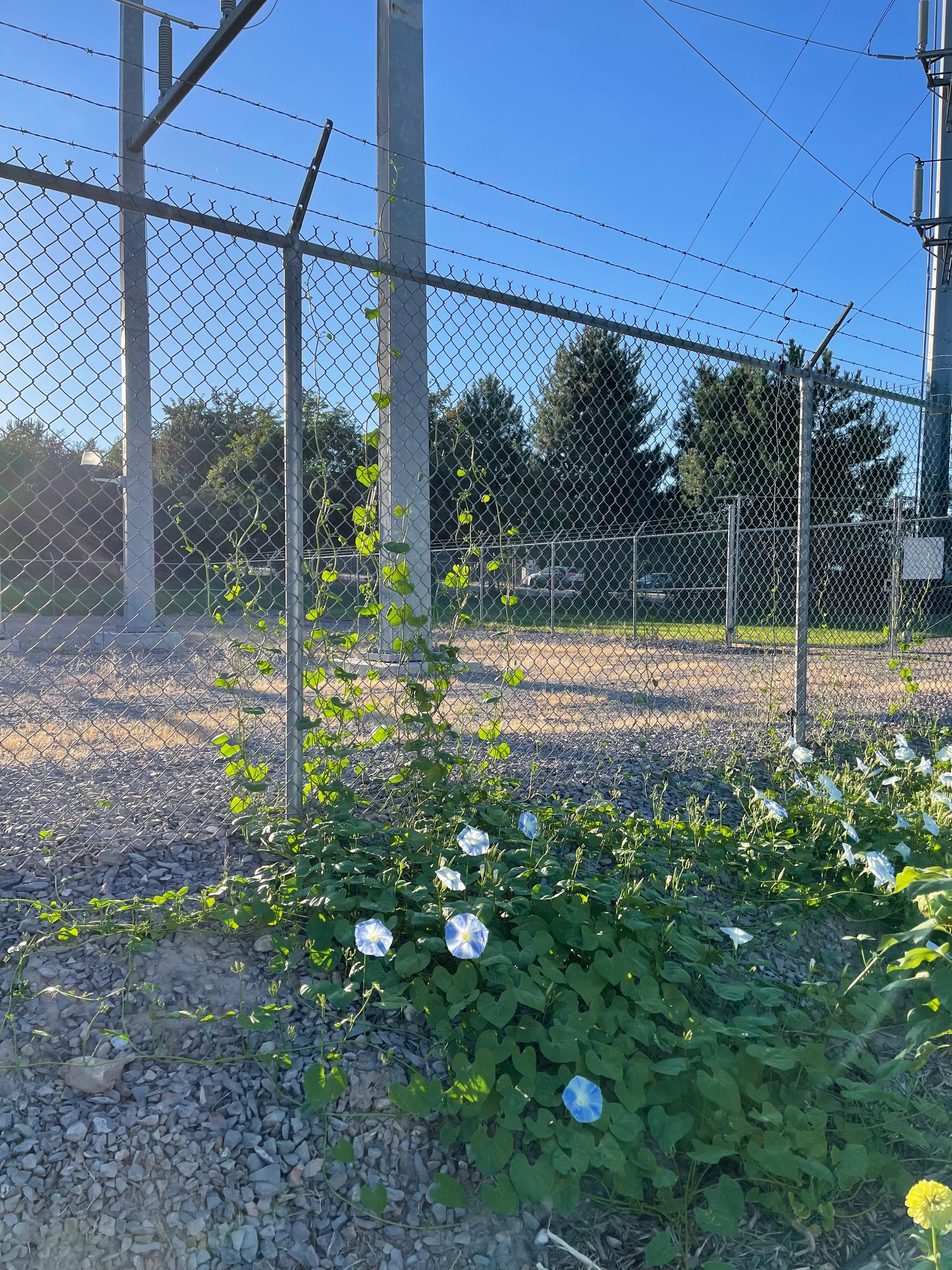
Our donation to Fresh Food Fridays last week totaled 337 pounds, putting our total donations to 975 pounds. Nearly halfway to our goal of 2,000 pounds. We produced 52 pounds of tomatoes alone. Included in our donation were peaches that were gleaned from the Ingram family in American fork. To learn more about gleaning or to volunteer, email Nicasio at Nicasio.nango@uvu.edu.

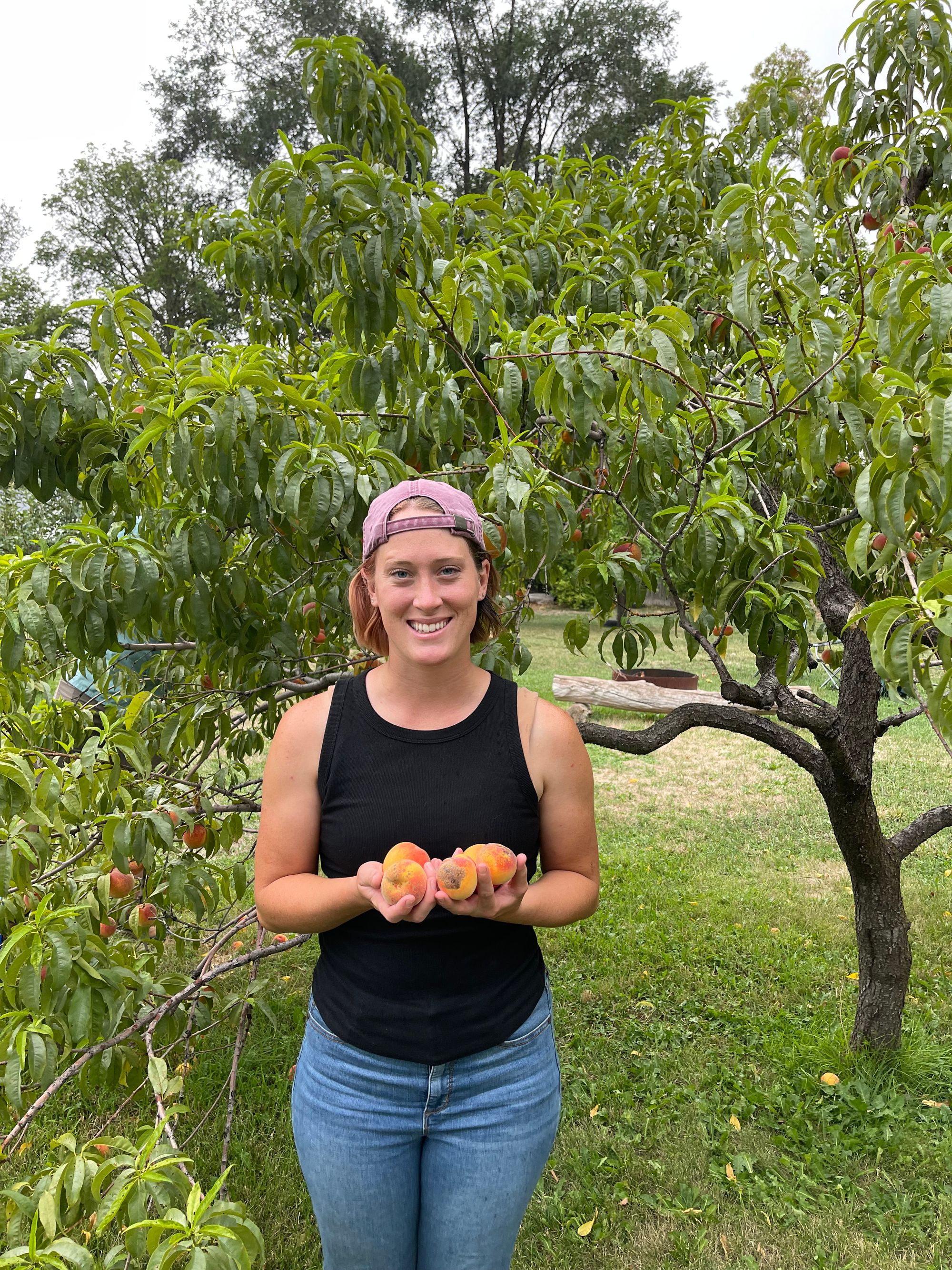
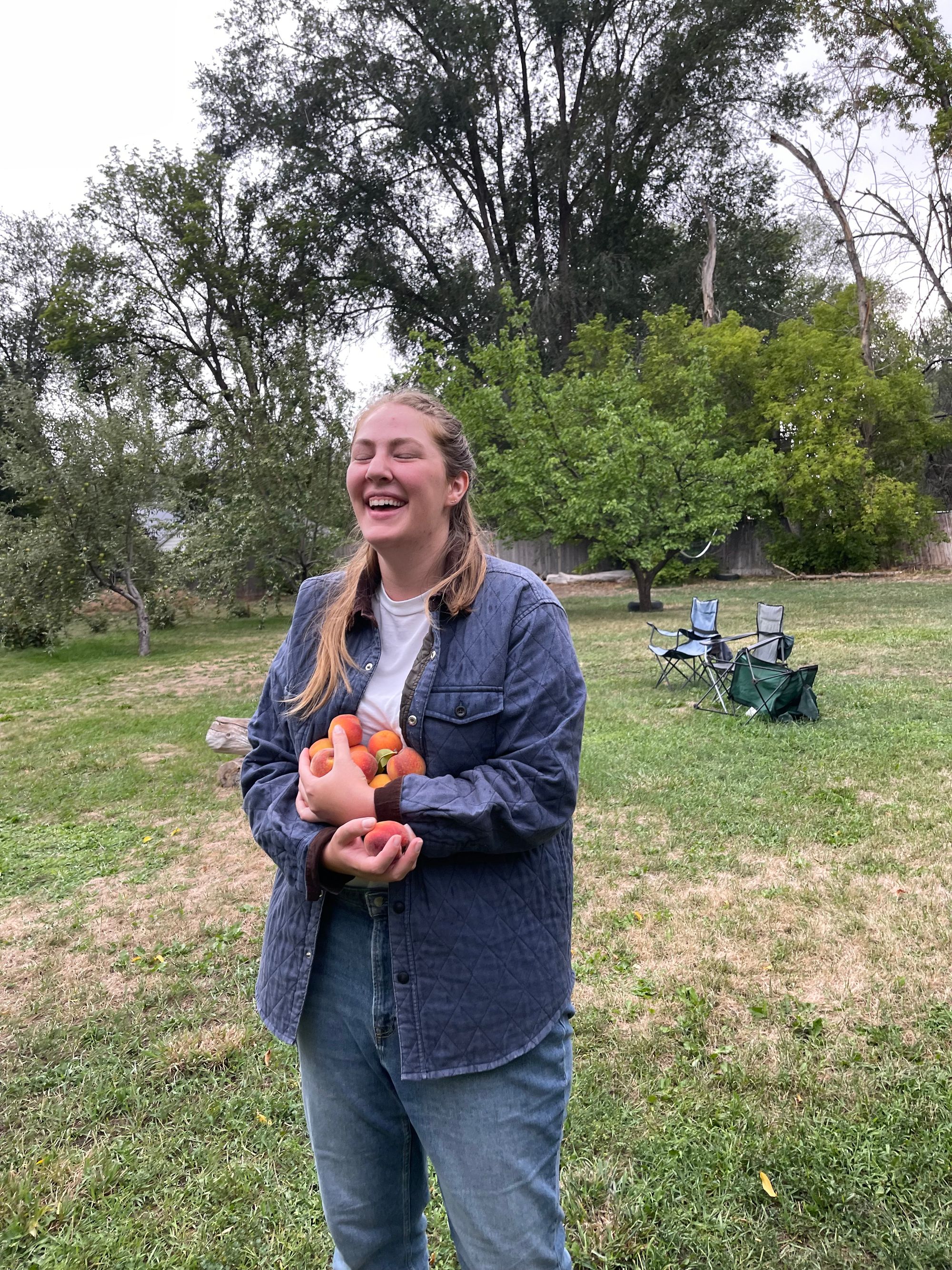
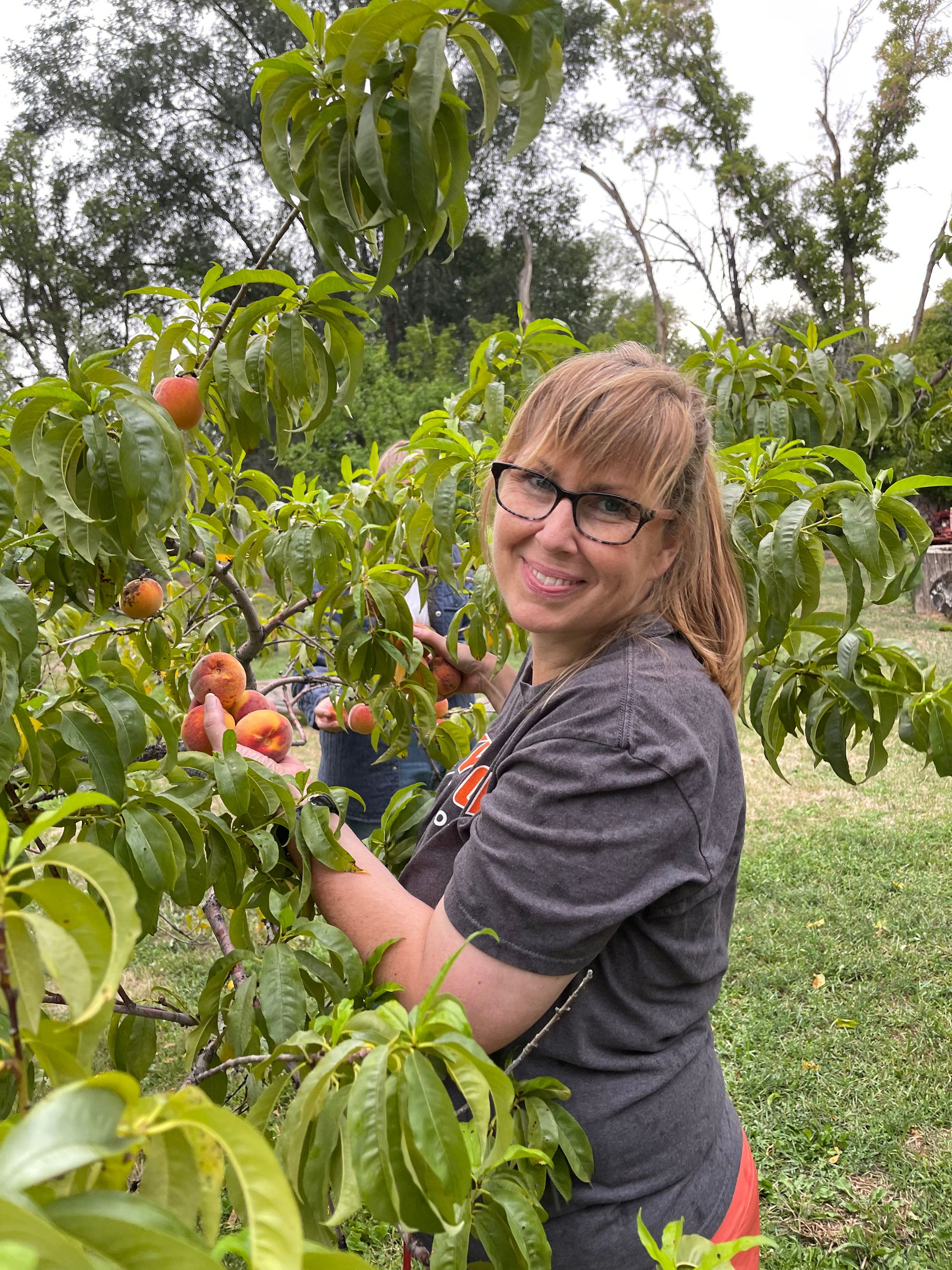
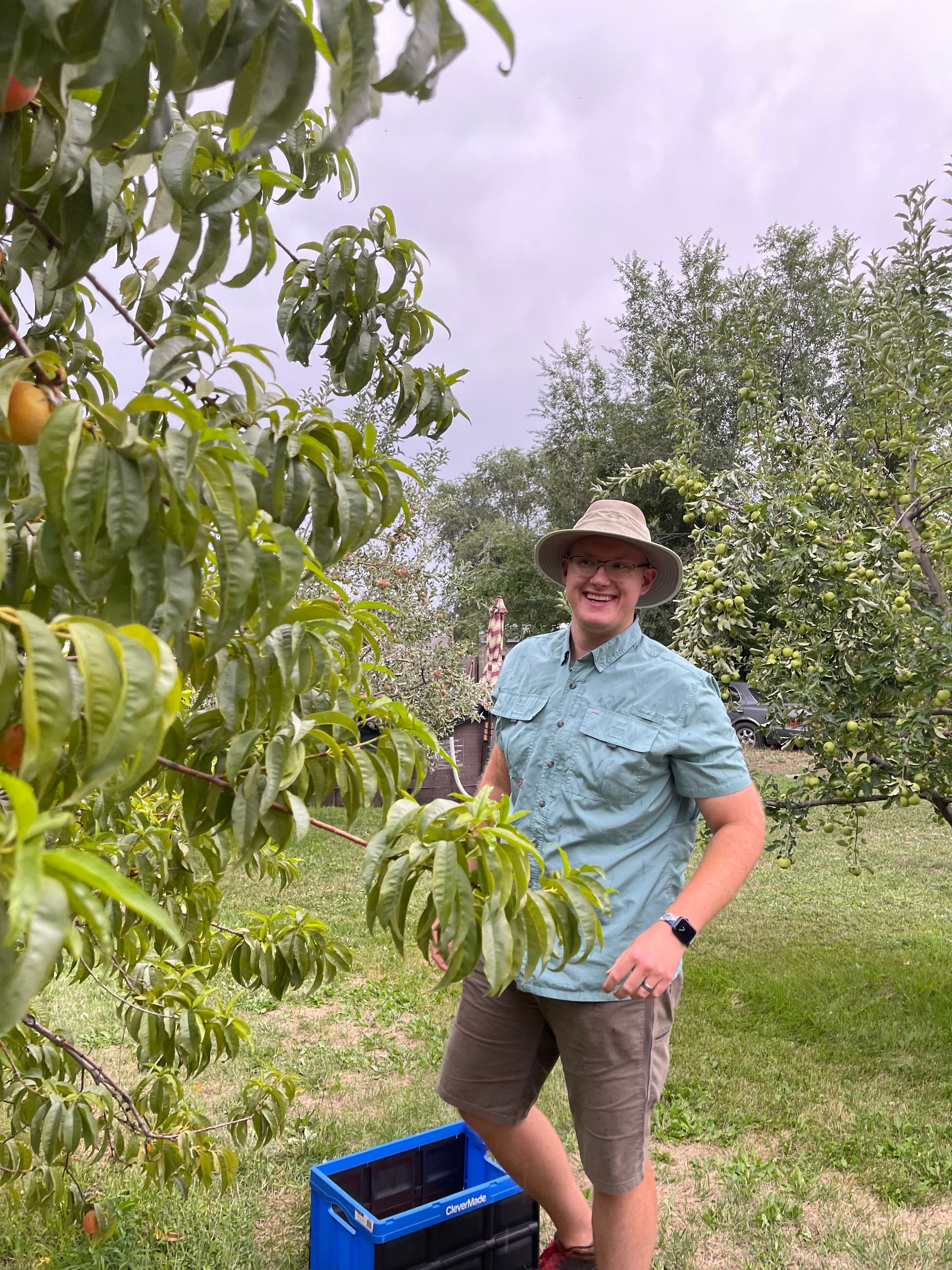
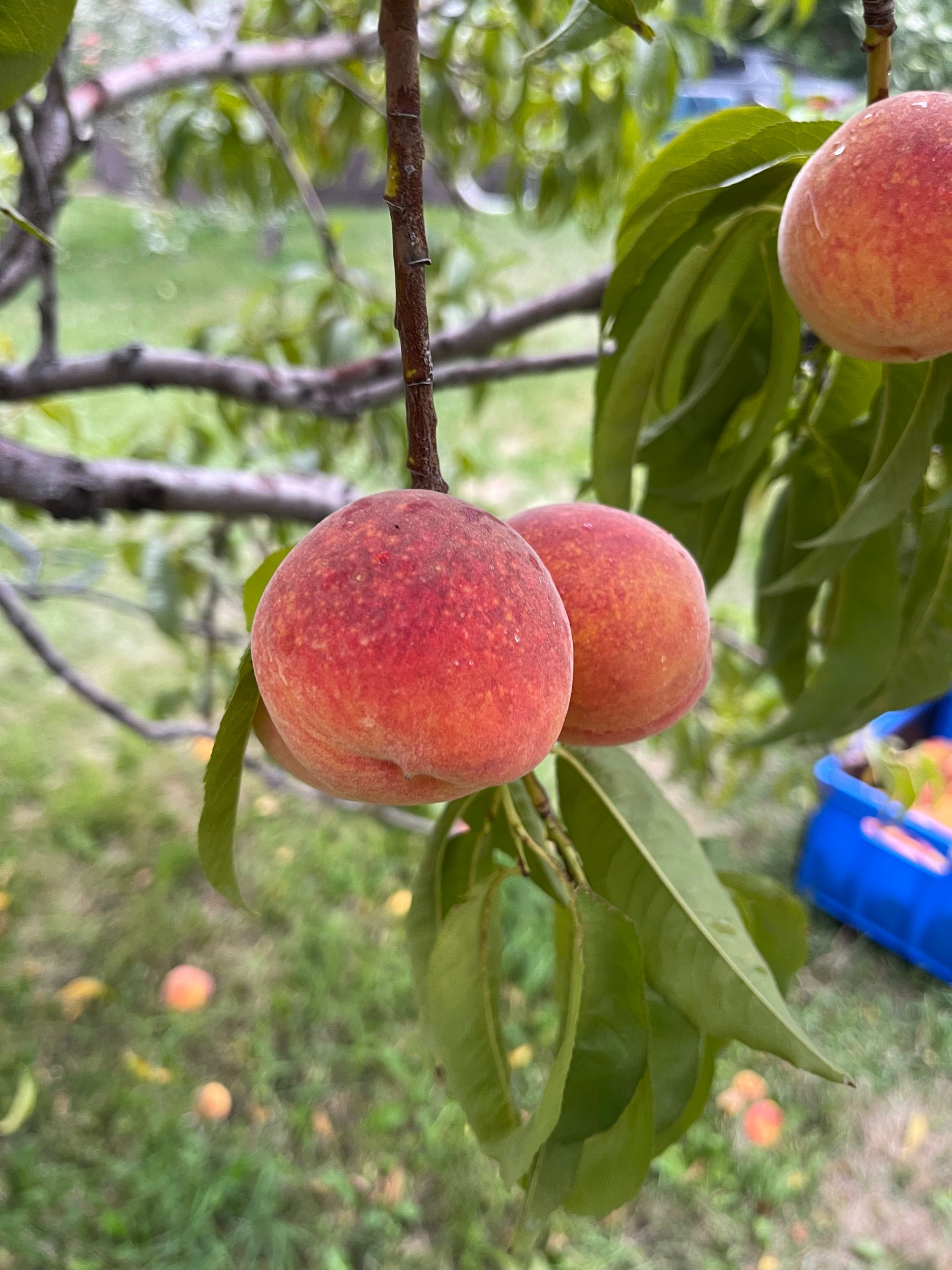
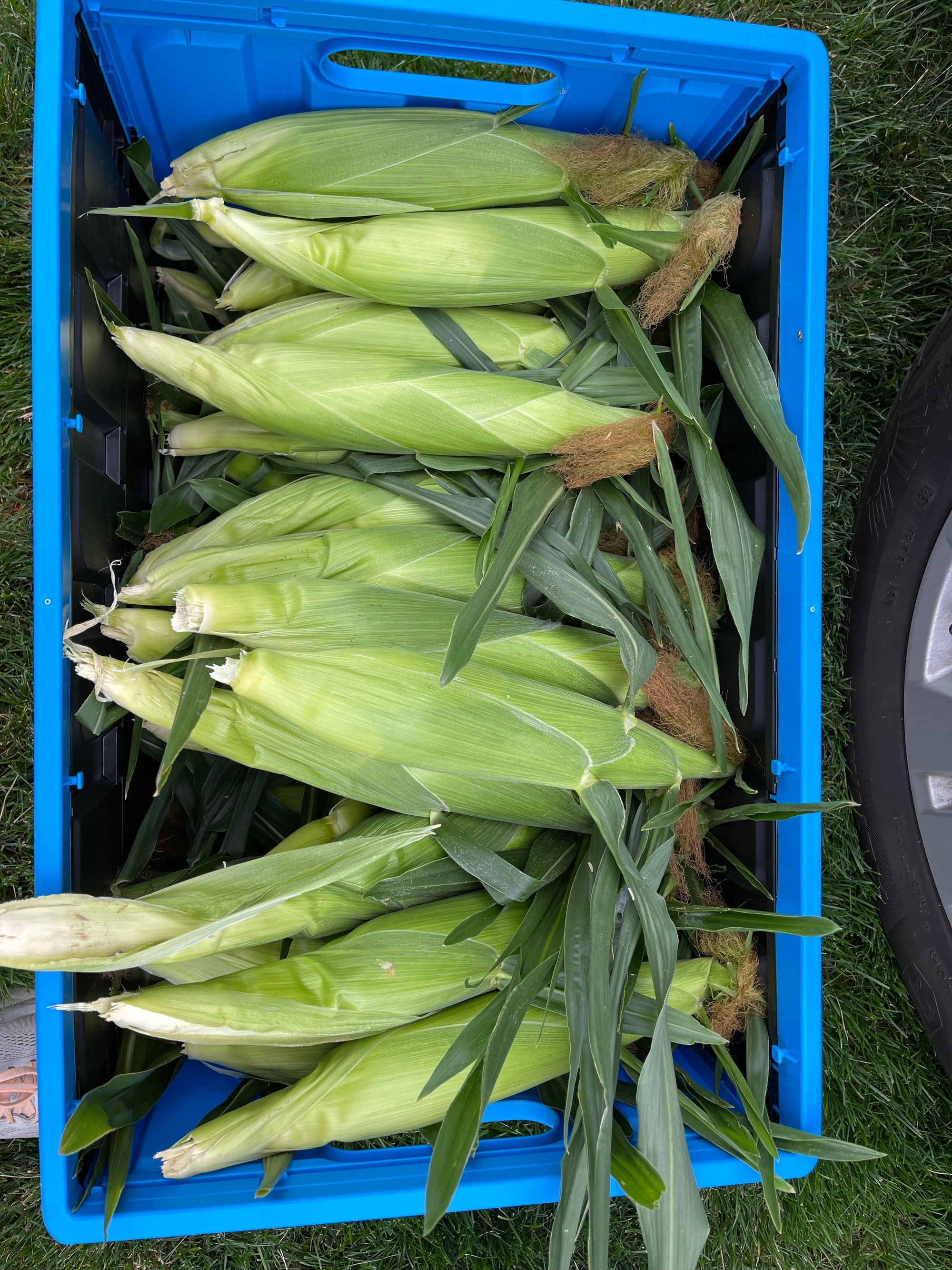
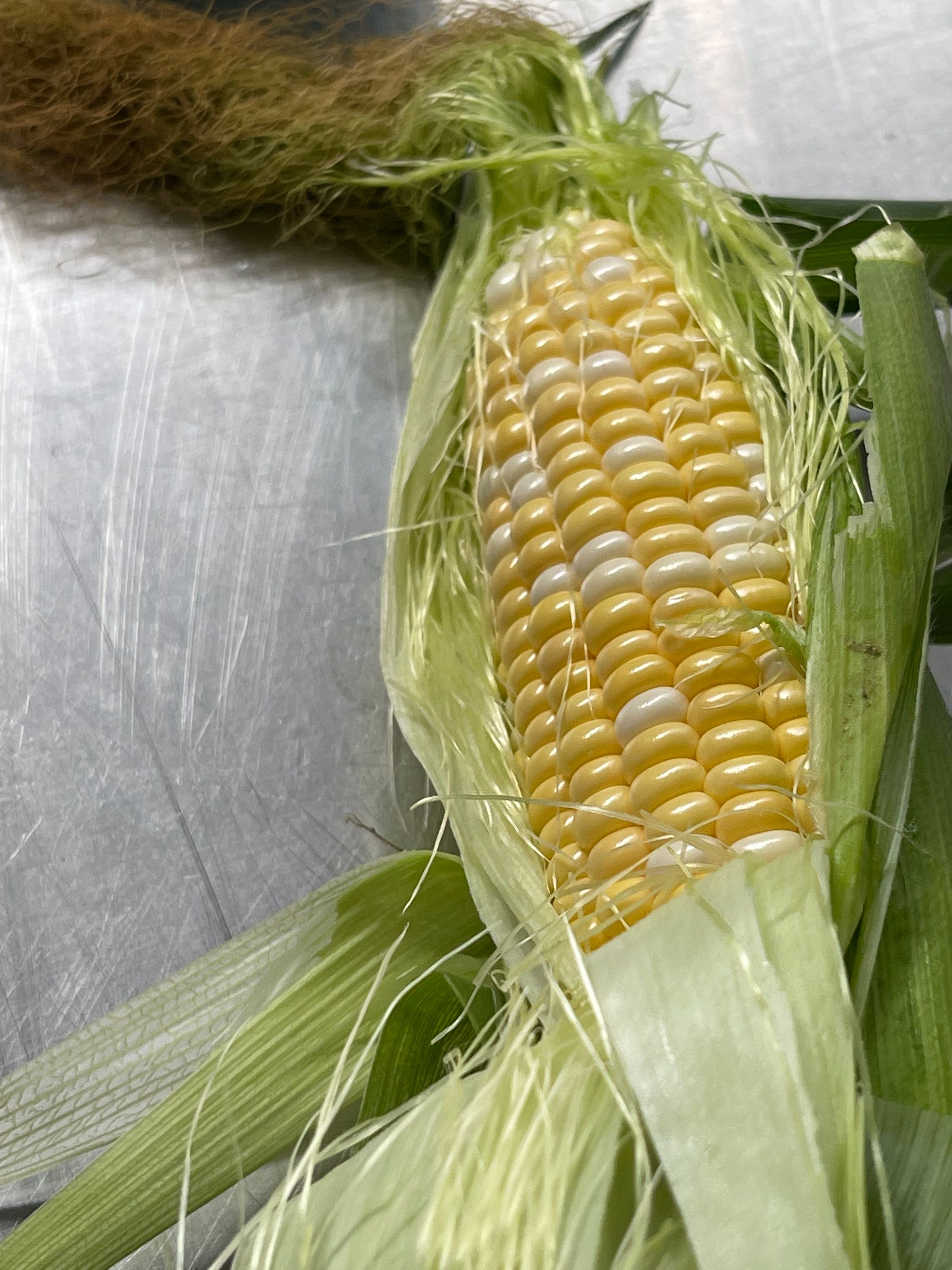
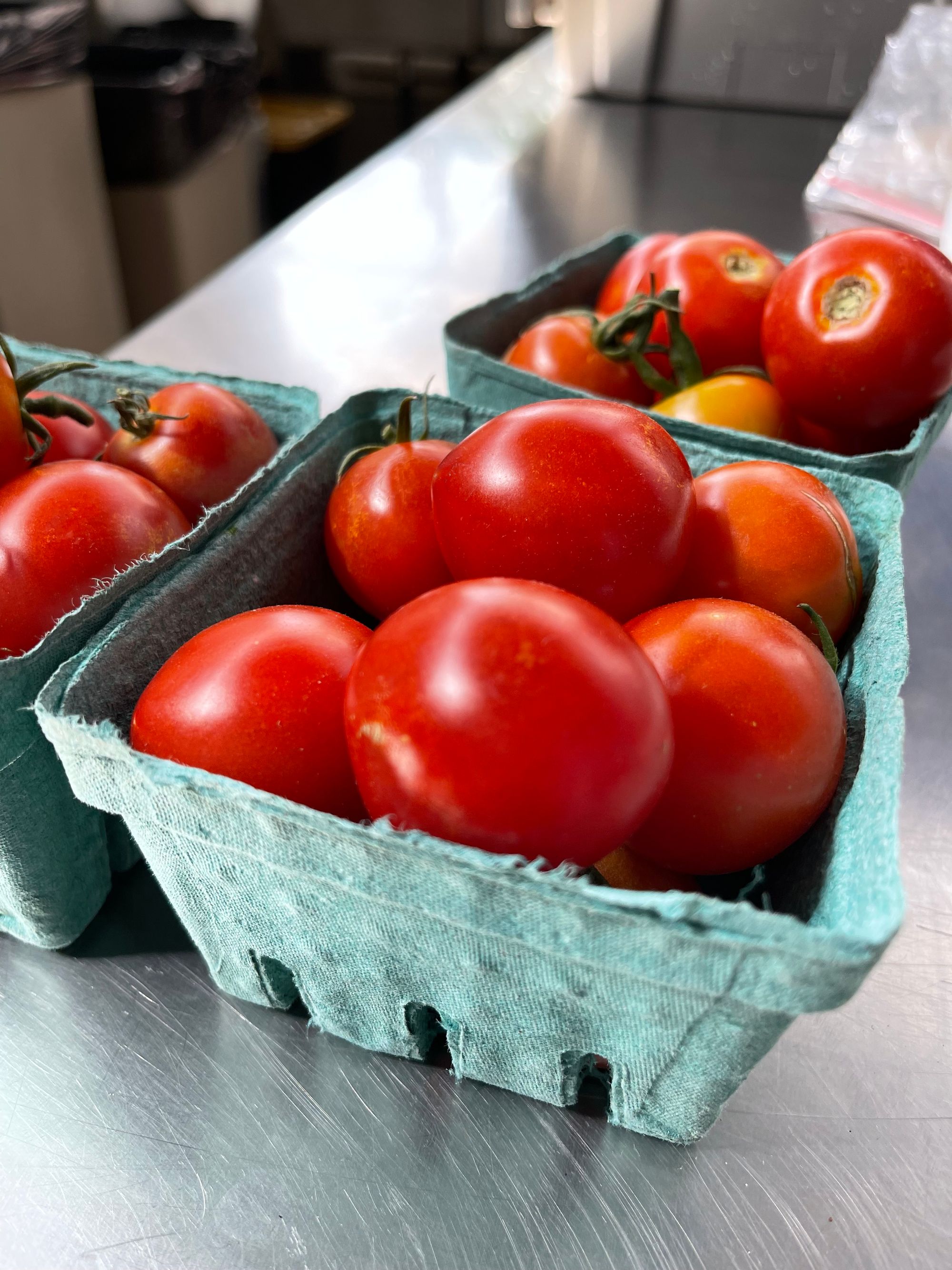
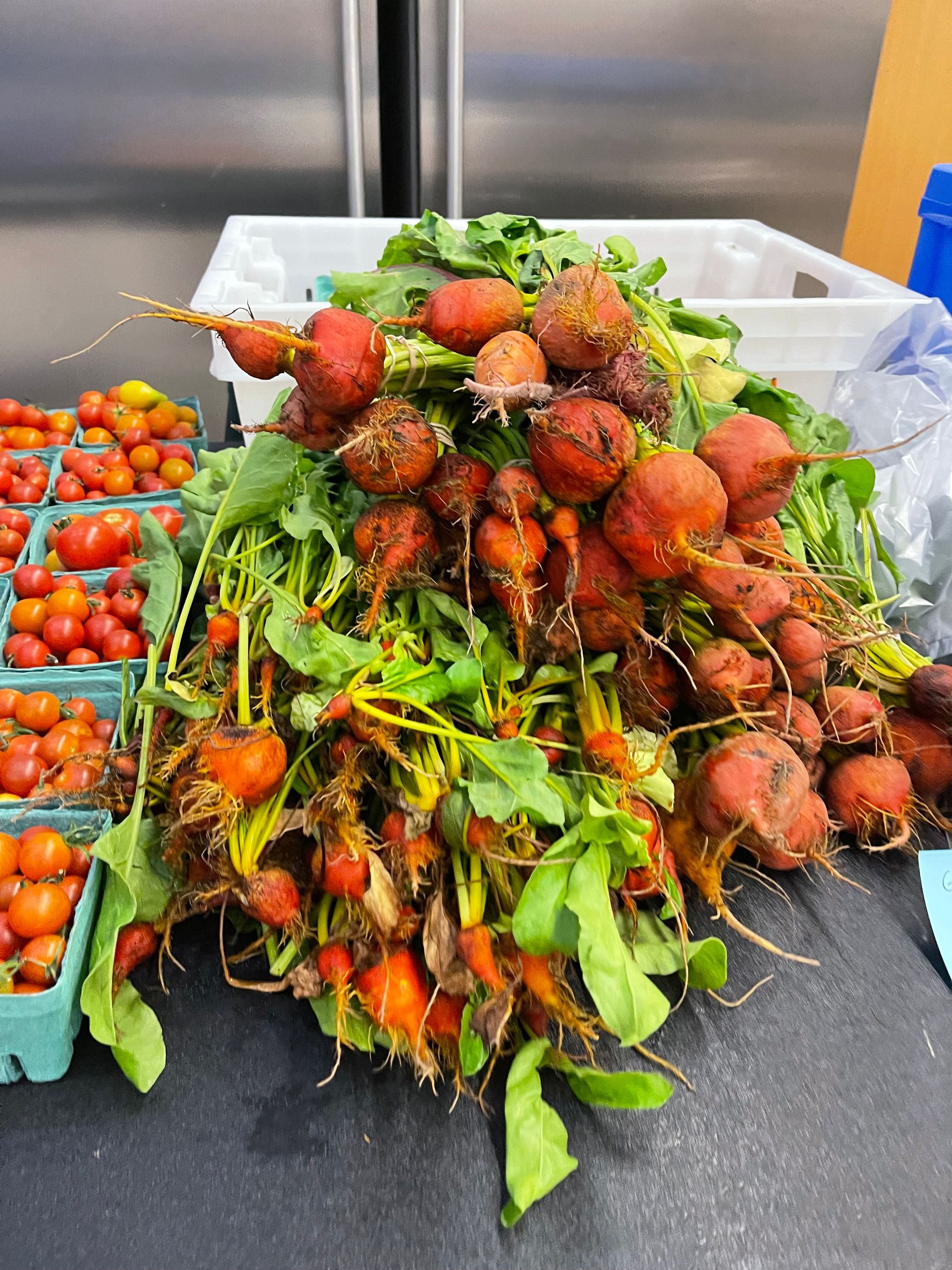
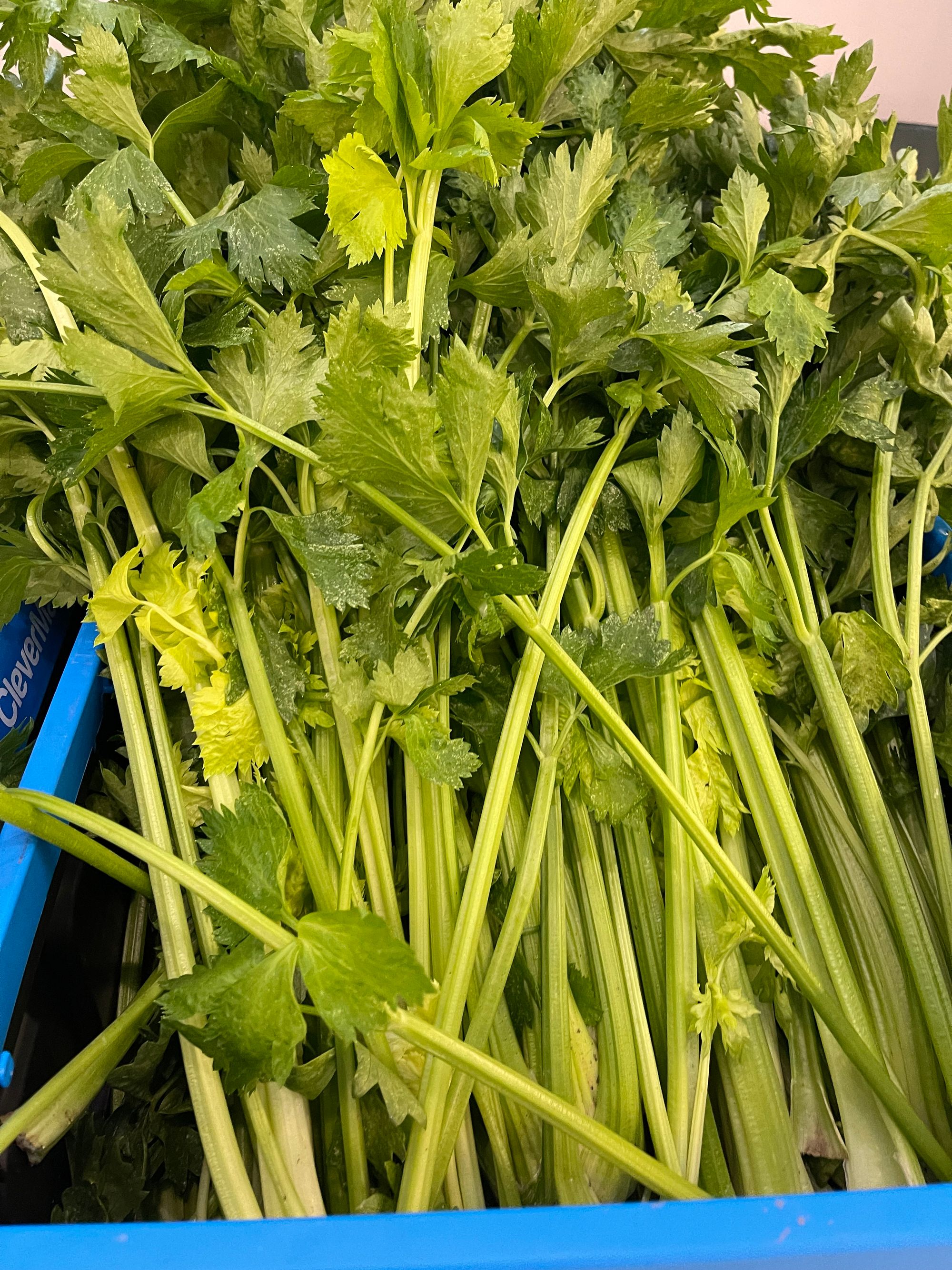
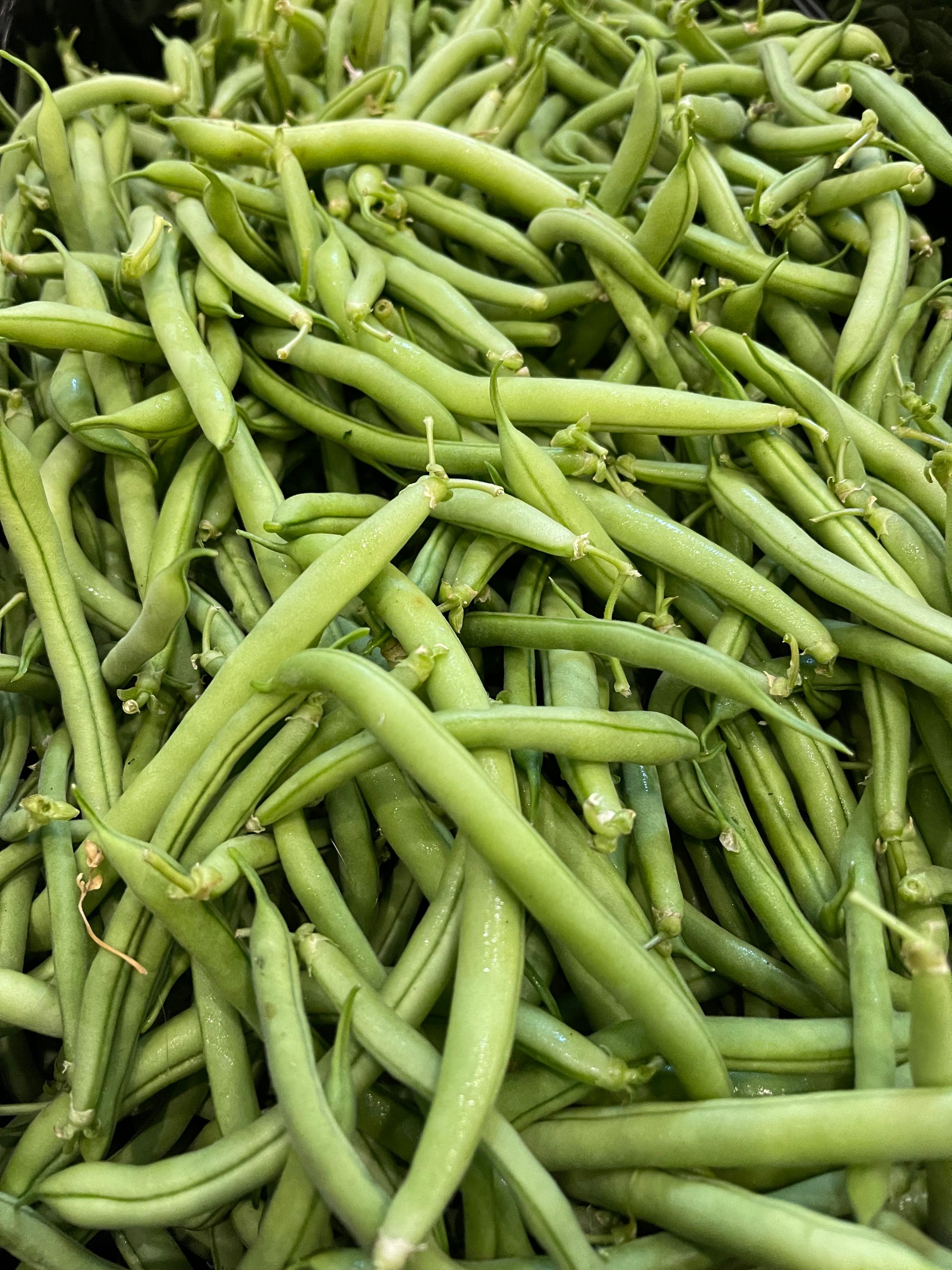
This week our wonderful garden volunteers helped to plant more of our fall crops, including kale, cauliflower, and peas. The grounds crew also dug a french drain at the north side of the hoop house this week.
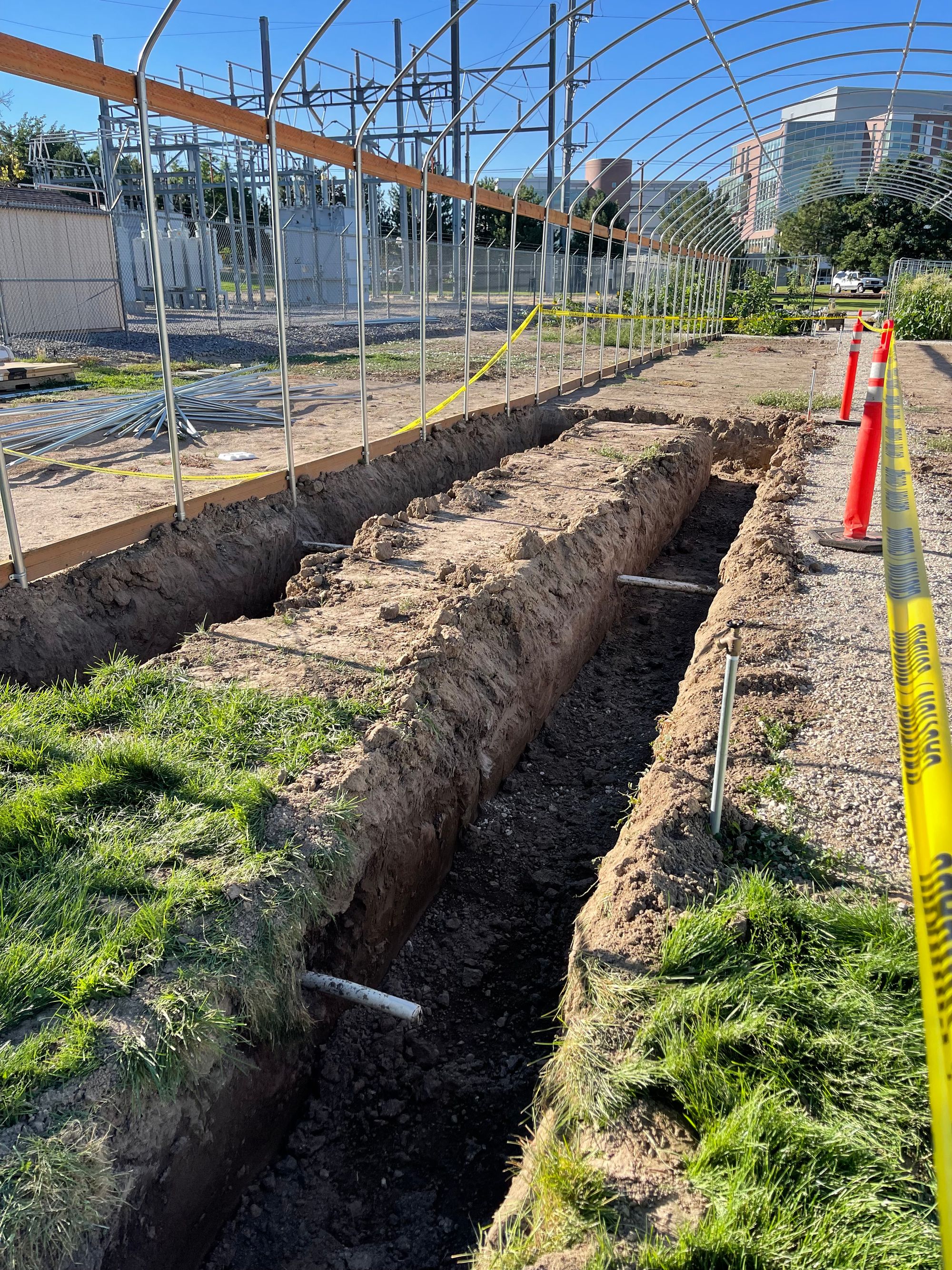
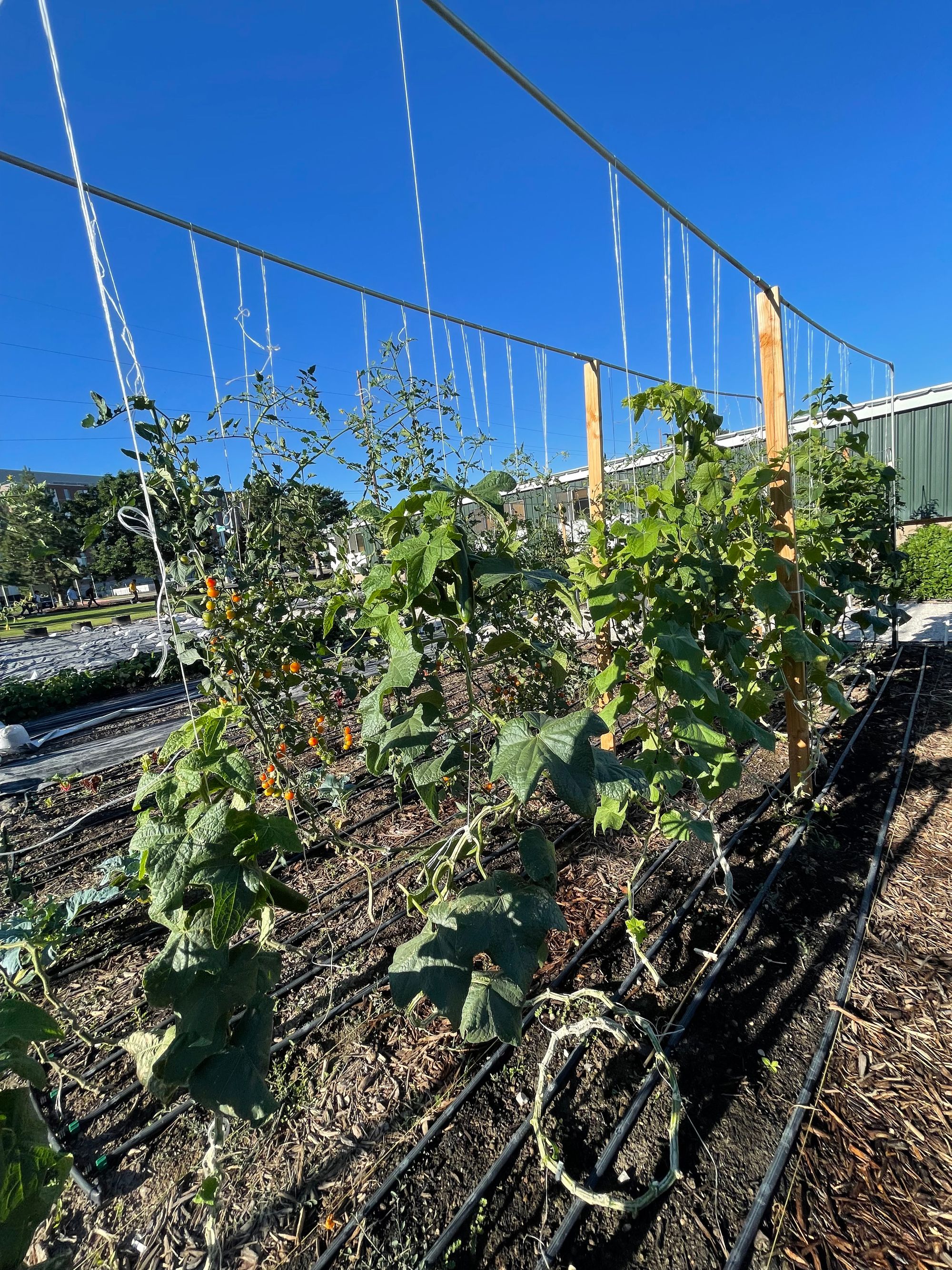
Why trellis vegetables?
The number one question we get at the GRIT Garden is why or how we trellis our vining crops. We trellis them because our horizontal growing area is limited, and we can fit many more plants in the garden if they are trellised. We trellis our tomatoes, cucumbers, and eggplants. Next year we will also be trellising our peppers.
Selecting plants to trellis
There are two types of tomatoes: determinate and indeterminate. Determinate tomatoes grow to a genetically predetermined height, and most of their fruit ripens simultaneously. These tomatoes can be trellised, but it is not as necessary as they do not get as tall. Indeterminate tomatoes will continue growing indefinitely (or until the frost kills them). Their fruit ripens just a few fruits at a time, and trellising supports their season-long growth.
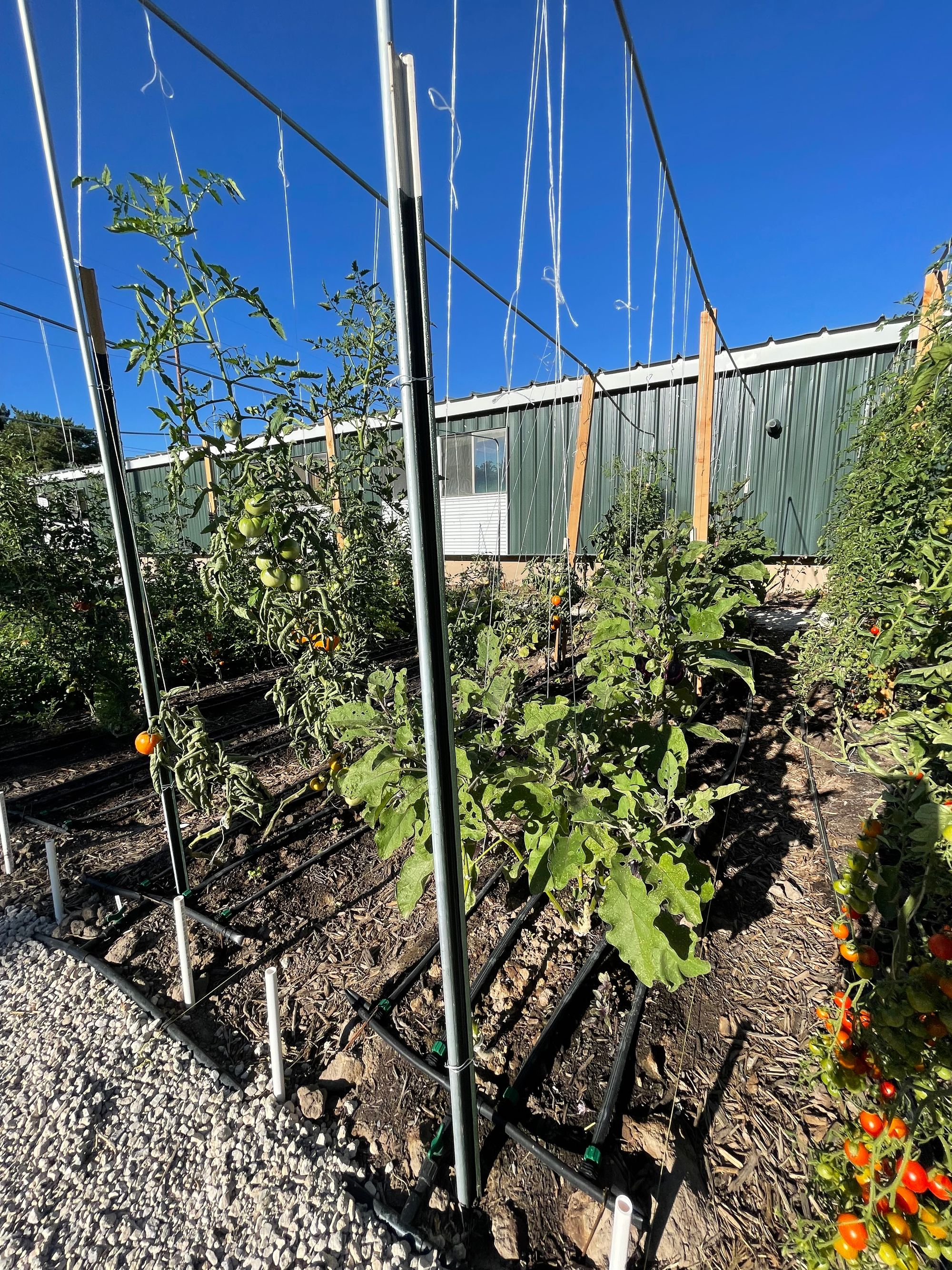
How to build a trellis
There are many ways to build trellises for gardens. However, we used t-posts to anchor the trellises and metal electrical conduits at the GRIT garden as the main supports. We found that 90-degree PVC connectors made the sturdiest connectors for the vertical and horizontal supports. The trellises must withstand wind and hold up a lot of weight.
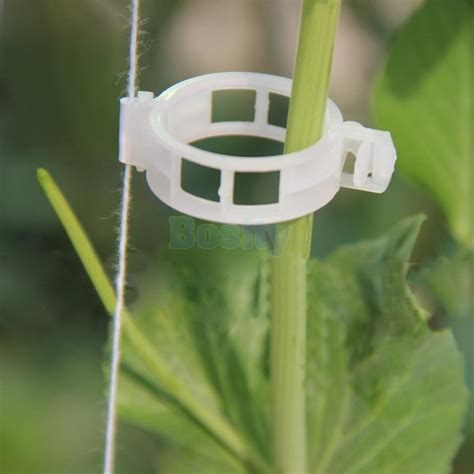
Attaching string supports
Once the trellis is built, the seedlings can be transplanted below it and attached to the trellis using twine and a tomato clip. Tomato clips should be attached to the plant and strung every 2-4 nodes. The tomato clips hold tightly to the twine and help to support the plant.

Pruning
The plants will continue to grow and need to be pruned to produce the best fruit, so they don't take up too much space in the bed. The goal is to have one main stem, the leader, and all other branches removed. Suckers are an example of plant material that needs to be removed and grow between a leaf and the leading stem. Suckers will cause the plants to be bushier or could split the stem. Watersprouts grow at the base of the plant and almost look like seedlings but also need to be pruned.
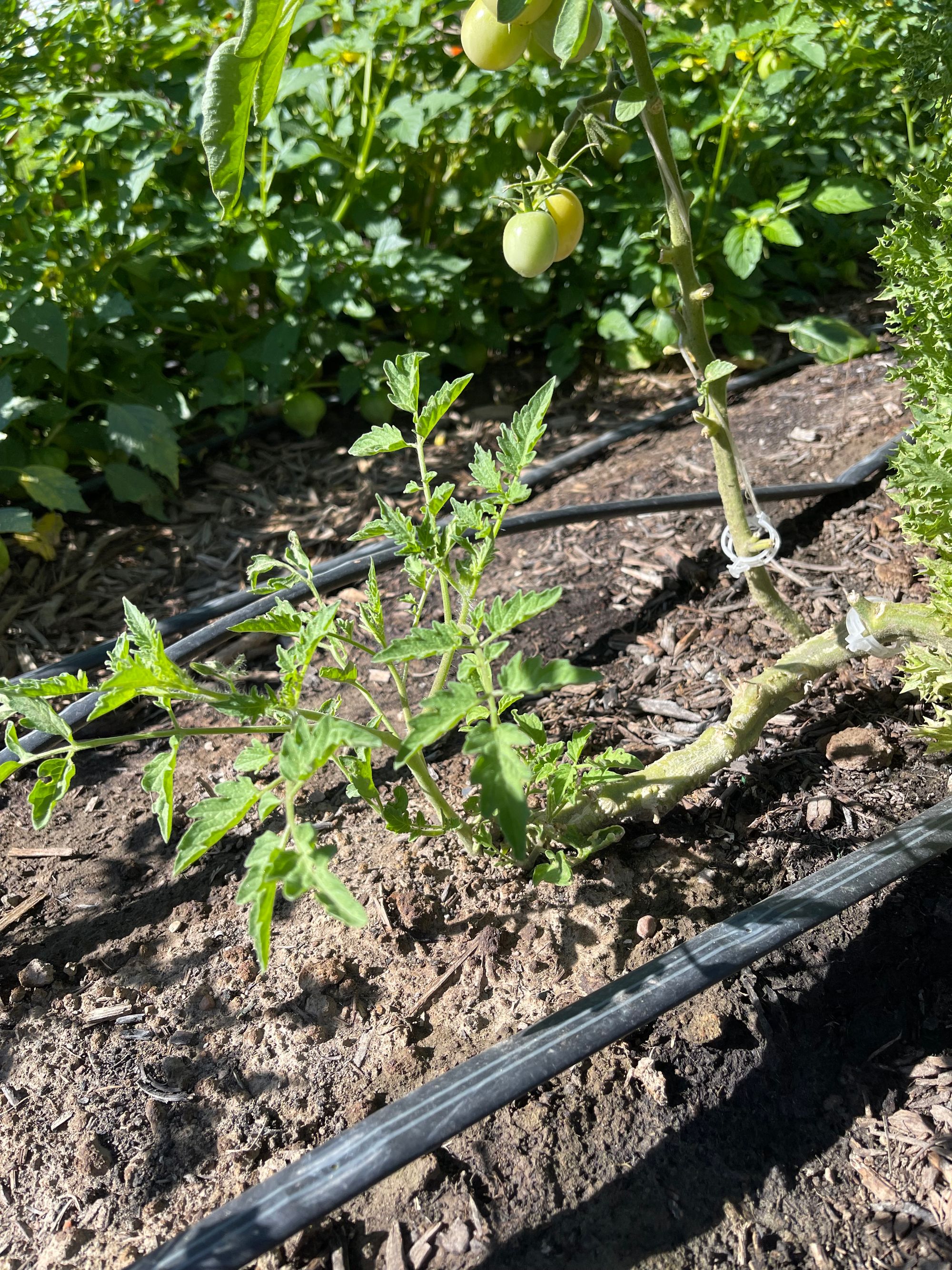
The final pruning we do on our trellised plants is to remove all of the leaves up to the first fruit. This method, known as hard pruning, helps us see our tomatoes as they ripen.
